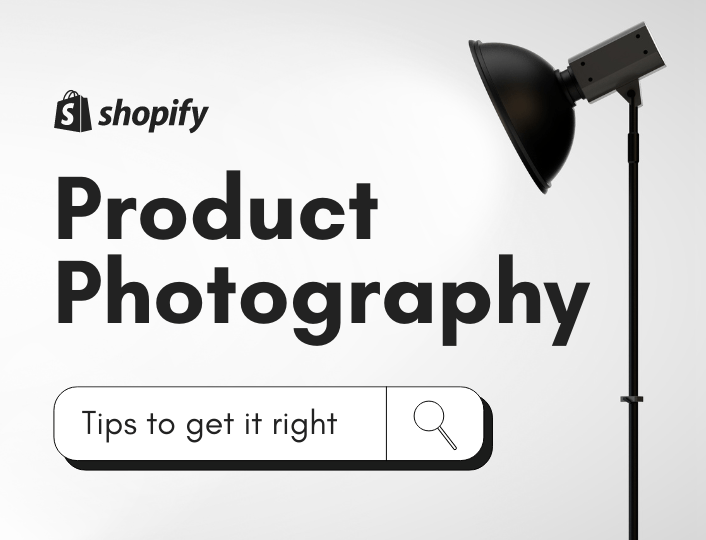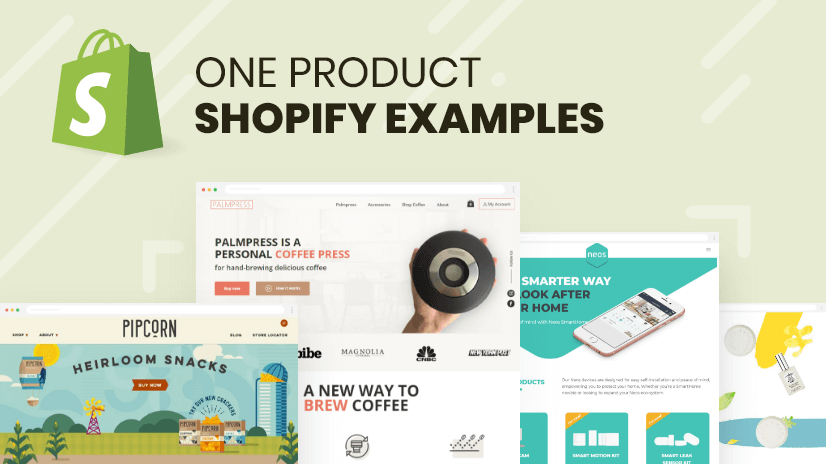Shopify product photography is a vital part of any e-commerce strategy. With high-quality, engaging photos, shoppers can better understand your products, leading to increased interest and conversions. Here are the top 10 Shopify product photography tips to help you maximize your product's appeal.
1. Invest in Quality Equipment
Quality equipment will help you capture high-resolution, professional-grade photos.
Cameras
- Use a DSLR or mirrorless camera for maximum control over settings.
- Invest in lenses suited to the products you're shooting.
- For budget-friendly options, some smartphones have advanced camera features.
- Understand the specifications and features before making a purchase.

For more insights into choosing a camera for product photography, check out this guide from Step by Step Guide.
Lighting Equipment
- Use a combination of softboxes, umbrella lights, and ring lights.
- Natural light is your best friend. Shoot near windows or outside.
- Reflectors help distribute light evenly on the product.
- Use a light box for smaller items for uniform illumination.
2. Create a Consistent Look and Feel
A consistent look and feel for your shop can uphold your brand's integrity.
Brand Identity and Color Schemes
- Understand your brand identity and incorporate it into your images.
- Align your color schemes with your brand's motif.
- Ensure your logo or watermark is visible in all images.
- Keep the styling and props consistent across all products.

To learn more about creating a consistent brand image, read through this insightful article by Contentful.
Maintain Image Quality
- Ensure all your product images are high-resolution.
- Compress image files without losing quality for faster page loading.
- Avoid harsh shadows and overexposure.
- Use uniform sizes for all product photos.
3. Use Assembo.ai to Create Custom Backgrounds
How It Works:
- Upload product image
- Generate background
- AI blends automatically
Why Assembo.ai?
- Time and cost-efficient
- Consistent imagery
- Easy updates for different trends
- Diverse scene options

To add value to your product photos with unique backgrounds, give Assembo.ai a try.
Variety with Assembo.ai
- Bring in a range of different backgrounds to match your product's mood.
- Create matchless seasonal themes with few clicks.
- Modify colors and textures to enhance product appeal.
- Download high-resolution images apt for any ad platform.
Advantages for Shopify Stores
- Automate background creation to save time.
- Maintain consistent aesthetics across all your product photos.
- Replace backgrounds any time for new collections or seasonal offers.
- No need for professional photography skills – just upload and let the AI do the job.
4. Capture Different Angles and Details
Thoroughly showcasing your product increases buyer confidence.
Multiple Angles
- Capture front, back, and side angles of a product.
- Highlight unique features or details with close-up shots.
- Show the product in use to help readers visualize.
- For apparel, photograph the item on a model for fit and style reference.

For comprehensive tips on angle shots, check out this article from Digital Photography World.
Detailed Shots
- Emphasize any unique features or parts of the product.
- Use clear and well-lit images to display intricate details.
- Use macro lenses for detailed close-ups.
- Frame the detail nicely to direct viewer attention.
5. Master the Art of Lighting
Lighting plays a cardinal role in photographing your Shopify products.
Natural Light
- Take advantage of free sun light for softer images.
- Use diffusers or reflectors to manipulate natural lighting.
- Aim for morning or evening shoots when the sunlight is gentle.
- Avoid direct sunlight which can cause harsh shadows and glare.

To understand natural light photography better, read this blog post by Hootsuite.
Artificial Light
- Use studio lights to control lighting conditions.
- Be aware of color temperature and how it affects your images.
- Use diffusers or softboxes to soften artificial light.
- Manage shadows and reflections with various light sources.
6. Consider the Background
The background can either make your product stand out or take away from it.
White or Neutral Backgrounds
- Project your product without any distraction.
- Make your products easy to see and review.
- Ideal for comparison shots and multiple product lineups.
- Creates a clean, professional look for your Shopify store.

Here's an informative guide on how to achieve pure white backgrounds by Assembo's blog.
Creative Backgrounds
- Inject your brand identity into your product images.
- Use props to create a mood or tell a story.
- Choose color schemes and textures that complement your products.
- Be consistent to ensure all photos are cohesive.
7. Editing is Key
Post-production can substantially improve the final look of your product images.
Color Editing
- Correct and optimize your colors to be true-to-life.
- Adjust exposure and contrast for better clarity.
- Use photo editing software like Adobe Lightroom or Photoshop.
- Avoid over-editing that make the product look artificial.

For effective image editing tips, visit this useful guide.
Retouching Images
- Retouch your images to get rid of any imperfections.
- Amplify fine details like texture.
- Use clone stamp tool to fix spots or scratches.
- Ensure that your retouching does not distort the product's authenticity.
8. Highlight the Product’s Best Features
Focusing on product features can make a big difference in sales conversions.
Close-Up Shots
- Key in on the unique selling points of your product.
- Highlight product quality and details.
- Use a zoom lens or macro lens for close-up shots.
- Ensure all your key features are covered and clearly visible.

To make your product's best features stand out, follow the advice in this comprehensive guide.
Understanding What to Highlight
- Understand what your customers value about your product.
- Look at product reviews for insights about preferred features.
- Research competitors to see what they highlight.
- Even minor details can make a significant difference to buyers.
9. Use Lifestyle Shots
Lifestyle shots help customers visualize the product in use.
Real-Life Context
- Use lifestyle shots to demonstrate how to use the product.
- Highlight its scale, operation, and benefits in real-life settings.
- Choose authentic contexts that your target buyer can relate to.
- This is especially important for fashion items, decor or any product with different uses.

Find more about creating appealing lifestyle shots from this helpful write-up.
Include People
- Use a model to give a sense of scale and usability.
- Human presence can add a personal touch and drive emotional responses.
- Ensure the model reflects your target demographic.
- Show candid reaction and enjoyment of the product.
10. Keep it Simple
Sometimes, the simplest photos can be the most effective.
Clarity
- Emphasize the product, not the props or backdrop.
- Remove any unnecessary items from the frame.
- Use colors that accentuate the product.
- Keep your setup simple and easy to duplicate.

^Discover how to keep your product photography simplistic and effective with this article.
Highlight the Product
- Make the product the primary focus.
- Capture the product from different perspectives.
- Use lighting and color contrast to make the product stand out.
- Use photo editing to further emphasize the product.
Conclusion
Mastering Shopify product photography can make a significant difference in your e-commerce success. With these insightful tips, create appealing, high-quality product photos that can immediately capture shopper attention and boost conversions!
